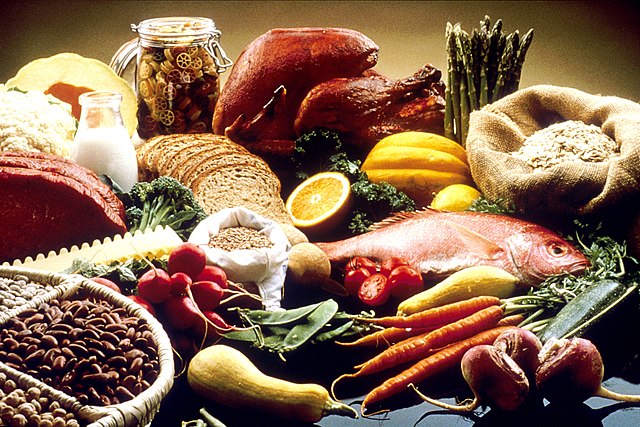Lists of foods
List of lists of food products From Wikipedia, the free encyclopedia
This is a categorically organized list of foods. Food is any substance consumed to provide nutritional support for the body.[1] It is produced either by plants, animals, or fungi, and contains essential nutrients, such as carbohydrates, fats, proteins, vitamins, and minerals. The substance is ingested by an organism and assimilated by the organism's cells in an effort to produce energy, maintain life, or stimulate growth.

Note: due to the high number of foods in existence, this article is limited to being organized categorically, based upon the main subcategories within the Foods category page, along with information about main categorical topics and list article links.
List of foods
Wikiwand - on
Seamless Wikipedia browsing. On steroids.
